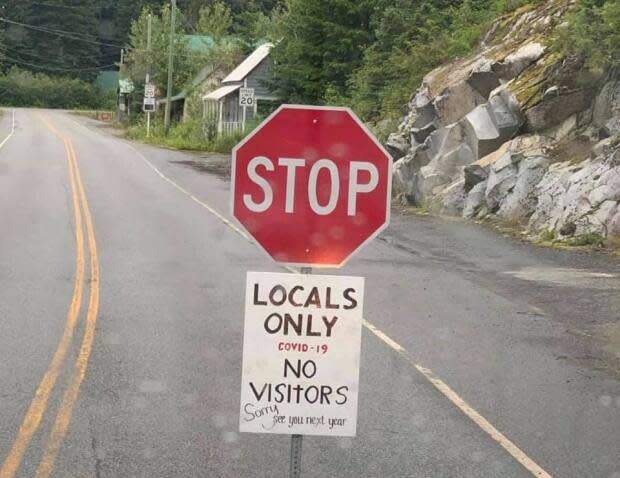Large parts of B.C. have had low COVID-19 infection rates for weeks — but outbreaks can happen fast
While B.C. as a whole is dealing with climbing COVID-19 infections, some parts of the province — particularly Prince George, the Kootenays and North Vancouver Island — have gone weeks and even months with nearly no new cases of the virus.
Health Minister Adrian Dix called it "a tale of two pandemics," urging people in those regions to keep following public safety guidelines to keep transmissions low.
According to numbers released Thursday, Vancouver Island recorded just 12 cases of COVID-19 over the previous two weeks, while the Okanagan recorded 15. The Northern Interior, which includes Prince George, recorded just one positive case in the last 10 weeks, and the Kootenays only 36 since the pandemic began.
"Yesterday we tested 1,265 people in the Northern, Interior and Vancouver Island health authorities, and found two cases of COVID-19, which is really a miniscule rate of transmission," Dix said in an interview Friday morning.
Greater Vancouver, in contrast, has recorded more than 300 cases since August 7.
One obvious reason is the region's higher population. But the Fraser and Vancouver Coastal health authorities have also consistently recorded higher infection rates per 100,000 people than other parts of the province, and for this Dix offered several theories.
Quick control of outbreaks
To start, he highlighted the fact that outbreaks in long-term care homes and hospitals — which have driven up numbers in the Fraser and Vancouver Coastal health authorities — aren't occurring elsewhere.
Proximity to the United States and the status of Vancouver as a travel hub were also cited as challenges.
"We've had uncontrolled transmission in Washington state and we have essential workers that do go back and forth, lots of people coming through the airport," Dix said.
Indeed, the few outbreaks recorded elsewhere in the province have been linked to travel.

B.C.'s northwest, for example, had an infection-free streak ended by an outbreak on Haida Gwaii that was linked to off-island travel. Similarly, northeastern B.C. is dealing with a surge in cases connected to residents attending a religious event in Alberta.
And in Kelowna, a huge uptick was recorded following a Canada Day marked by visitors attending private parties in the area.
But in all those examples, health officials quickly identified the likely source of infection in time to warn others who may have been impacted to self-isolate.
Now, Haida Gwaii has no active cases and Interior Health has just 17, down from 88 four weeks ago.
Fewer young people, fewer parties
The lower number of young people in these regions could be factors, as well.
Dix said while young people attending private gatherings are driving the province's new infections, people in B.C.'s north, Interior and on the Island skew older, reducing the likelihood of similar transmissions.
But that doesn't mean there aren't risks.
On Monday, RCMP in Prince George confirmed they attended a weekend house party of more than 50 teenagers, sparking concerns of complacency in the city.
"It's really dangerous," said Dr. Jessica Zimbler, a Prince George-based physician. "If this is the [gathering] that we know about, what's happening that we don't?"
She also said people returning from summer vacation could pose a risk to the city's success.
"The worry is they come back from their travels and then congregate in Prince George before they're symptomatic, and then suddenly we have huge outbreaks in huge numbers," she said.
Dix echoed that warning, noting how quickly Kelowna, Haida Gwaii and Fort St. John saw infections spike into double digits following travel.
"I think the lesson is that this can come, and this can happen anywhere," he said. "Remain vigilant."

